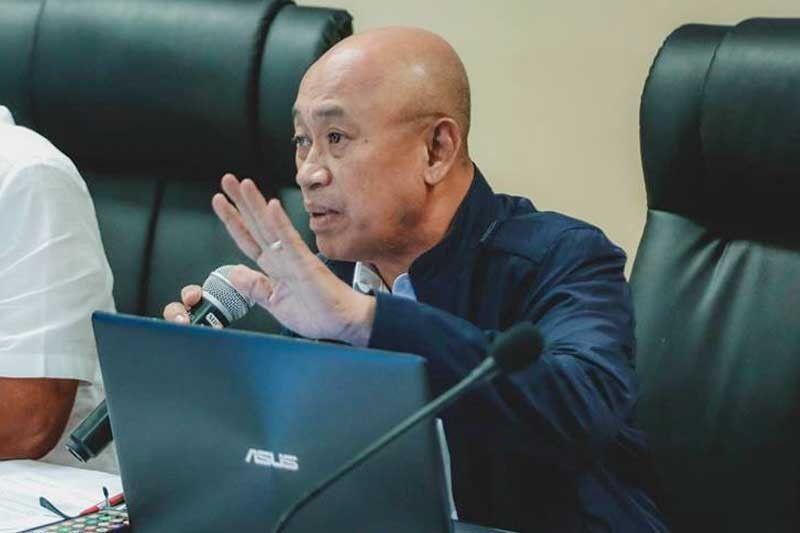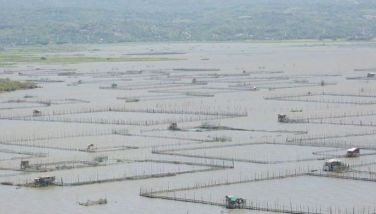Pagasa warns of stronger cyclones due to El Niño

MANILA, Philippines — The Philippine Atmospheric, Geophysical and Astronomical Services Administration (PAGASA) yesterday warned the public to brace for stronger tropical cyclones this year due to the prevailing El Niño phenomenon.
PAGASA deputy administrator Landrico Dalida said the abnormal warming of the Pacific Ocean enhances precipitation and could bring intense rain similar to that brought by Tropical Storm Ondoy (international name Ketsana) almost 10 years ago.
“If these (cyclones) hit the Philippines, these could be as devastating as Ondoy, which happened at the time we also had an El Niño,” Dalida said in an interview.
Ondoy dumped excessive rainfall on Sept. 26, 2009, submerging many parts of Metro Manila and nearby provinces.
Dalida explained that during an El Niño, the Pacific Ocean is very warm, triggering strong evaporation and condensation that form rain clouds.
“During El Niño, the cyclones become stronger,” he said.
PAGASA administrator Vicente Malano, however, said the prevailing El Niño, which is considered as “weak,” is not expected to reduce the number of tropical cyclones that would enter the Philippine area of responsibility this year.
An average of 19 to 20 cyclones visit the Philippines every year.
“We don’t expect the recurvature of the cyclones, which happens during a strong El Niño,” Malano said.
He said cyclones do not usually hit Philippine landmass during a strong El Niño.
About 10 to 13 cyclones may enter or develop inside the Philippine area of responsibility between June and November this year, based on PAGASA’s latest forecast.
Citing latest predictions by international climate centers, PAGASA deputy administrator Flaviano Hilario said El Niño conditions may last until November this year.
The weather phenomenon, which started late last year, has also triggered droughts and dry spells in many areas in the country in the past months.
Hilario noted that some parts of the country would continue to receive below-normal rain in the coming months due to El Niño.
This month, generally near-normal rainfall conditions will prevail in the country, except for patches of below-normal rainfall over Apayao, most of Ilocos region, Cagayan, Tarlac and Zambales.
PAGASA forecast generally near-normal to above-normal rainfall conditions over most of Luzon and the Visayas next month, while generally below-normal rain is expected over most of Mindanao as well as over southern Visayas.
El Niño has also significantly brought down water levels in major dams in Luzon, including Angat Dam in Bulacan, which supplies 97 percent of Metro Manila’s water needs.
The continued lack of rain may bring Angat’s water supply down to a low-level or critical level of 160 meters this weekend, according to the National Water Resources Board.
- Latest
- Trending




























